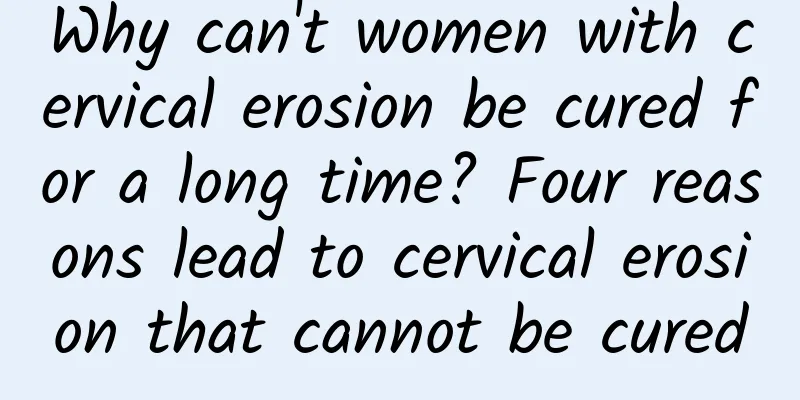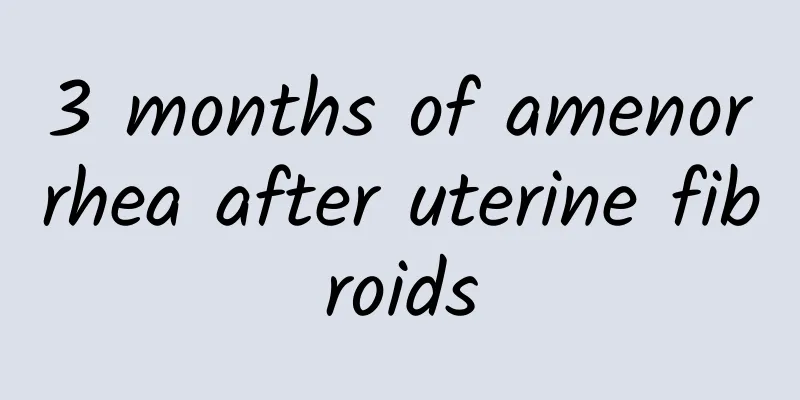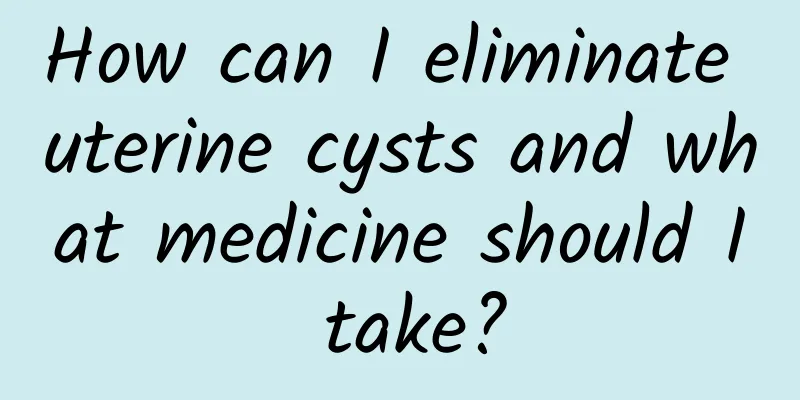The B-ultrasound showed that I have uterine fibroids. What should I do?

|
Uterine fibroids are the most common benign tumors in the female reproductive organs. They are composed of uterine smooth muscle tissue or vascular smooth muscle tissue, so it is more accurate to call them uterine leiomyomas. Uterine fibroids are more common in women aged 30-50 years old, and are generally rare before puberty. They affect the physiological functions of women's uterus to a certain extent, including reproductive functions. Clinically, we divide uterine fibroids into submucosal fibroids (fibroids growing in the room), intramural fibroids (fibroids in the middle of the wall), and subserosal fibroids (fibroids on tiles) according to the different locations of the fibroids. What are the clinical symptoms of uterine fibroids? The clinical symptoms of uterine fibroids mainly depend on the location, size, growth rate, and presence or absence of complications of the fibroids. Common symptoms include changes in menstruation (heavy menstruation, prolonged menstruation, irregular menstrual cycle), anemia, miscarriage and infertility, abdominal pain, abdominal mass, compression symptoms (fibroids compressing the bladder can cause frequent urination and urgency, and fibroids compressing the intestines can cause constipation, etc.). Among them, menstrual abnormalities, anemia, infertility and miscarriage are the most common. Clinically, the closer the fibroids are to the uterine cavity (room), the greater the impact on menstruation and pregnancy. How to treat uterine fibroids 1. Expectant treatment: Clinically, not all uterine fibroids need to be treated, especially those located within the muscle wall or under the serosa, which are small (generally less than 5cm) and without clinical symptoms. You can choose to review the uterine adnexal ultrasound every six months to one year to monitor the growth and changes of the fibroids. 2. Drug treatment: Clinically, it is believed that the growth changes of fibroids are mainly related to the high levels of estrogen, progesterone and their receptors. Therefore, in the treatment of uterine fibroids, drugs that antagonize or reduce estrogen and progesterone levels are mainly used, including GnRh-α, danazol, and mifepristone. However, drugs have certain limitations in the treatment of uterine fibroids. Once drug treatment is stopped, fibroids are prone to recurrence and enlargement. 3. Surgical treatment: Surgical treatment of fibroids is mainly for fibroids that are relatively large (greater than 5cm), multiple, close to the uterine cavity, or cause clinical symptoms (especially submucosal or intramural fibroids close to the uterine cavity). Surgical methods include fibroid removal and hysterectomy. So how to choose between the two options clinically? Generally, for younger patients with fertility requirements and single fibroids, fibroid removal can be chosen, while for older patients with no fertility requirements and multiple fibroids, hysterectomy can be considered. When is the right time to get pregnant after treatment of uterine fibroids? Because uterine fibroids are a hormone-dependent disease, there is a possibility of recurrence as long as menstruation comes. Therefore, if there are no symptoms and no family planning, there is no need to rush into surgery. An evaluation should be performed about a year before planning pregnancy. If surgery is performed too early, and the fibroids recur after several years without getting married, it will be more troublesome to treat the fibroids a second time. If submucosal fibroids are treated with hysteroscopic surgery, generally, conception can be considered 3 months after the surgery. For open abdominal or laparoscopic surgery, contraception may require 3 to 12 months, depending on the type of uterine fibroids. However, there are reports that the possibility of uterine rupture in subsequent pregnancy after laparoscopic surgery is higher than that after traditional open surgery, which is related to many factors. |
>>: Women over 30 should be alert to uterine fibroids!
Recommend
Can cone biopsy be performed for abnormal leucorrhea?
Whether abnormal vaginal discharge requires coniz...
Can I eat before abortion?
Generally speaking, artificial abortion refers to...
What soup can patients with uterine fibroids drink after miscarriage? What can patients with uterine fibroids eat after miscarriage?
Uterine fibroids are a common benign tumor in wom...
What is the cause of bleeding after a miscarriage?
Artificial abortion refers to the act of terminat...
What is the cause of uterine infection after miscarriage and how is the infection transmitted?
Uterine infection after abortion is caused by the...
How to treat pelvic inflammatory disease
How is pelvic inflammatory disease treated? Pelvi...
How to treat dysmenorrhea in a 16-year-old girl
There is no such thing as an effective treatment ...
What happens if you have severe cervical erosion? What should you do?
What happens if you have severe cervical erosion?...
What diet do patients with thick endometrium need?
Thickening of the endometrium may lead to irregul...
Dietary tips for candidal vaginitis
Vaginal candidiasis is a common gynecological inf...
Experts tell you how to treat cervicitis
Cervicitis is very harmful to women, and the numb...
Causes of bacterial vaginosis in different sizes
Due to the structural characteristics of the fema...
Common symptoms of uterine fibroids that you need to know
There are always some signs in the early stages o...
What is the cause of abdominal pain during pregnancy due to adenomyosis?
What is the cause of abdominal pain during pregna...
What should pregnant women do if they fall down due to miscarriage? There are 3 ways to deal with it
Nowadays, women need to continue to do a lot of t...









